Accelerating new store growth has many folks in the retail trenches scratching their heads and asking the obvious question: How can our company open more stores with the limited work force we have now?
The answer isn't an easy one, nor is the actual endeavor of growing store count during one of the biggest labor recoveries in history.
In my experience, what will allow those endeavors to be successful comes down to the same two critical areas that always make the difference: planning and people.
I had the privilege of launching an all-natural, organic grocery chain in the Midwest back in 2015. The task of getting more than 80 stores opened, staffed and profitable – all within five short years – is one that I will never forget. This project tested every skill known to retail grocery professionals and then some!
Writing about all the do's and don'ts I learned along the way would require a book rather than article, so I narrowed those learnings down to the seven listed below. Hopefully they will help you stay the course as you develop and execute growth plans in your organization.
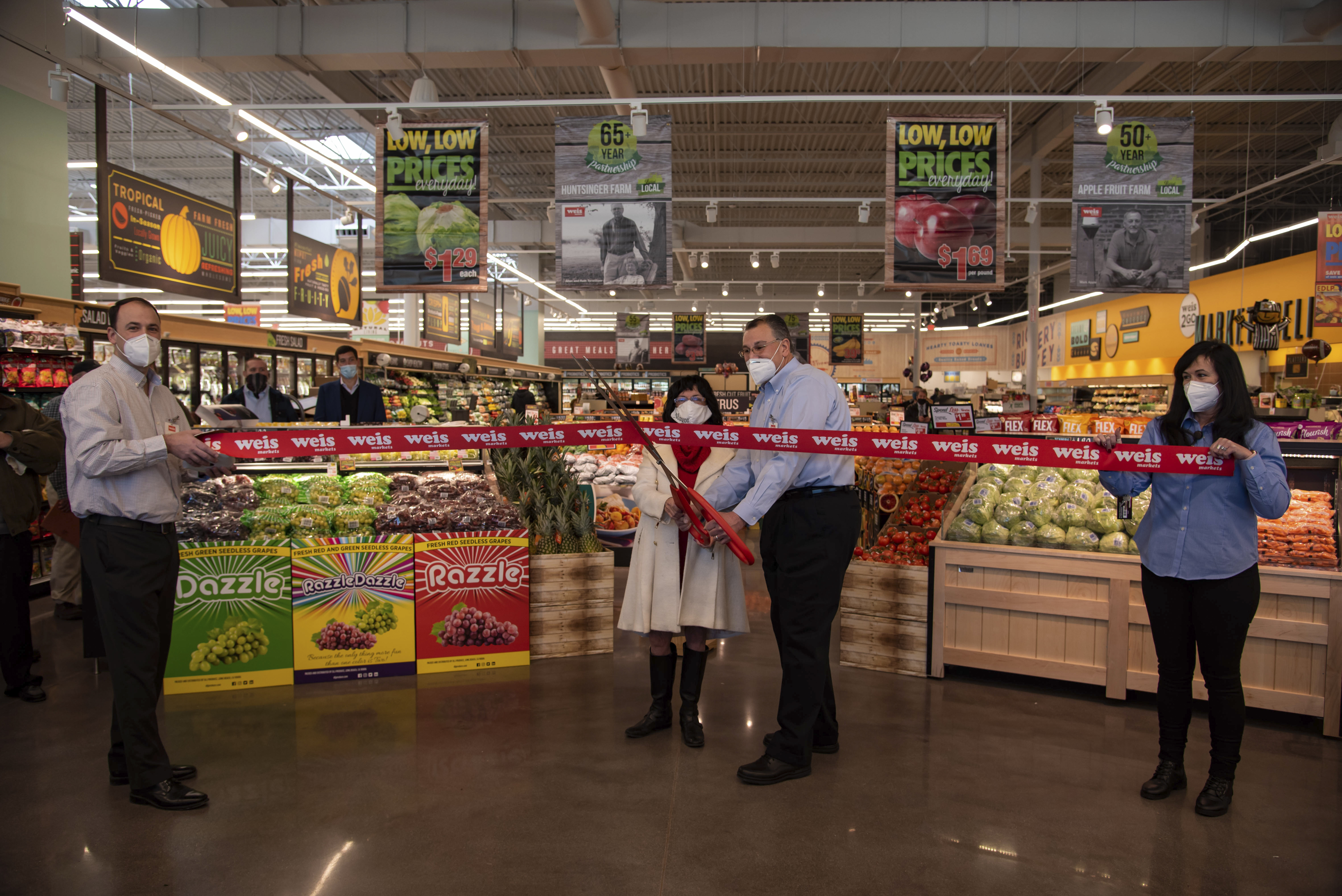
1. Create a plan, work the plan, and stay the course.
Don't wait until the last month! Take time now to develop the strongest new store opening game plan possible. The earlier you develop it, the better. Six months is ideal; four months is the minimum.
Opening a new store requires an extremely detailed blueprint, lots of review, and plenty of team member buy-in long before ground is broken for the new store build.
A meticulously crafted plan will become your roadmap to success many months down the line on grand opening day.
Ensure that your new store opening plan includes every detail possible, and every detail should have a completion date and responsible party attached so the plan stays on track.
Clear and consistent communication is critical. Make sure that everyone within your organization knows what the plan is and the role that they play in it.
During the months prior to the new store opening date, review and rehearse the new store opening plan weekly with key team members who will be executing your expectations.
Inform key product suppliers, brokers and other critical business partners about the timeline for opening the new store. Make sure that their calendar is reserved for supporting the new store opening process.
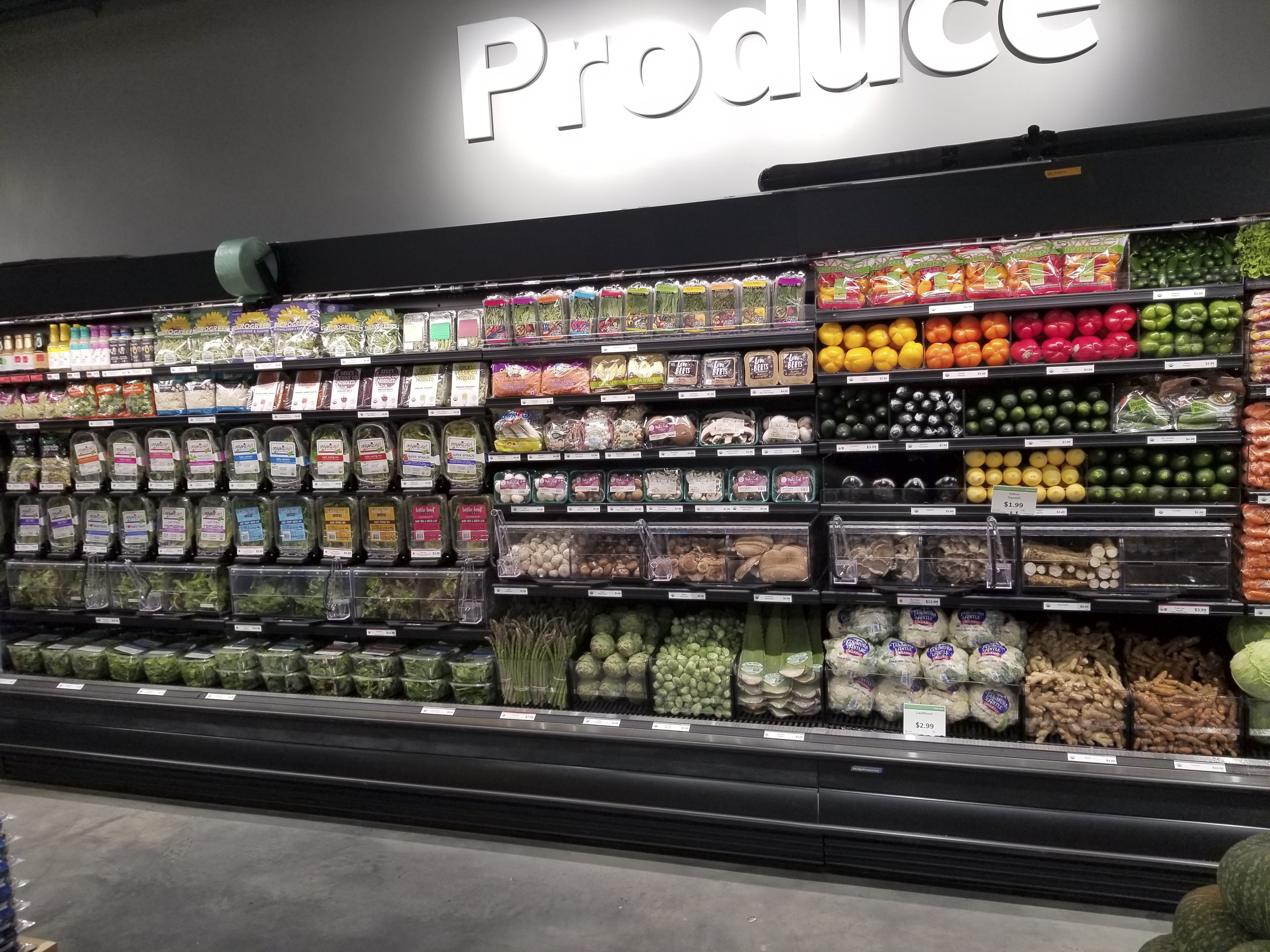
2. Give the veteran stores some extra love
Part of your new store opening plan needs to include ramping up attention to existing store locations. Even though new stores demand a good amount of time and energy, you must remain engaged with existing stores – remember, they're the ones paying the bills!
Extra in-person leadership visits, department meetings and constant communication are needed with the veteran stores to ensure they don't skip a beat during the grand opening time period.
Challenging the veteran stores to step up during a time of growth is important. After all, the grand opening of a new store within your organization is a time of celebration and a time of heightened customer awareness for your brand. Existing stores are a representation of what customers should expect from your new location.
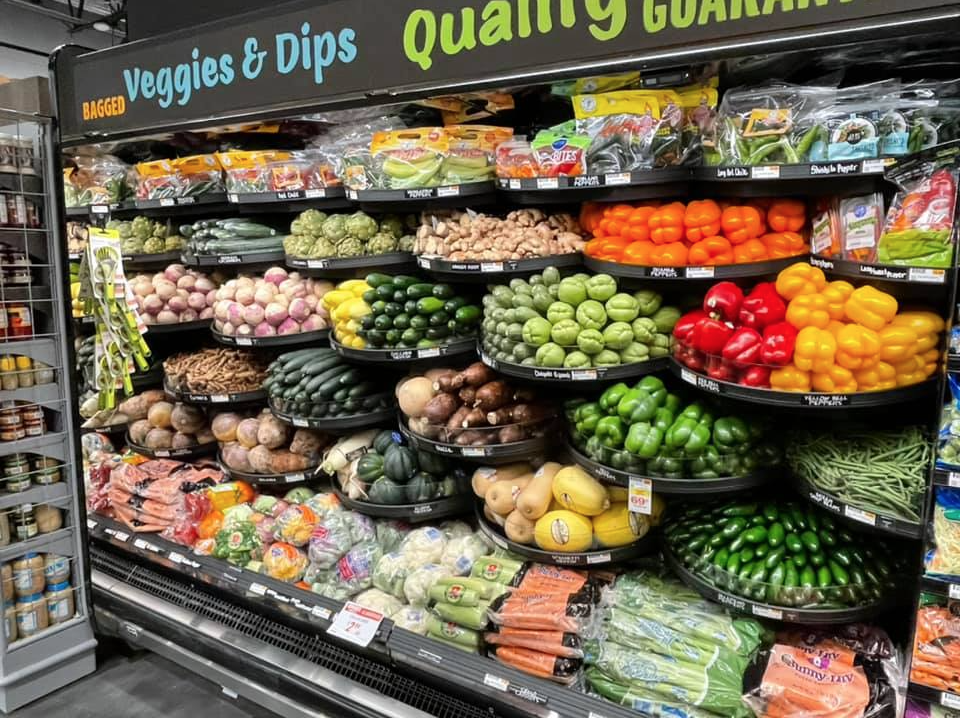
Your brand is in the customer spotlight and needs to shine! This is the perfect opportunity for older stores to schedule some long overdue deep cleaning, strive for 100% in-stock conditions, and provide exceptional customer service.
From a leadership perspective, the noise of the new store opening process should not be a distraction to any of the existing stores' performance. If it is, something went terribly wrong with your plan. Trust in your new store opening team and keep your normal close eye on the performance and conditions of existing stores.
3. Relaunch core SOPs
A great way to keep veteran stores on their toes and headed down the pathway to success is to remind them about what matters the most: your core operating expectations. Relaunching a handful of the most important standard operating procedures several months prior to a grand opening is a win-win.
The reminder not only helps veteran members stay on course, but it also teaches new members – ones in the training mode – more about the expectations of operating the highly perishable produce department.
Five of my top standard operating procedures that serve as great reminders for the produce department include the following areas:
- Product ordering and inventory level control.
- Product receiving best practices, including cold chain compliance.
- Product rotation, stocking and merchandising.
- Product care and handling.
- Cleaning and sanitation.
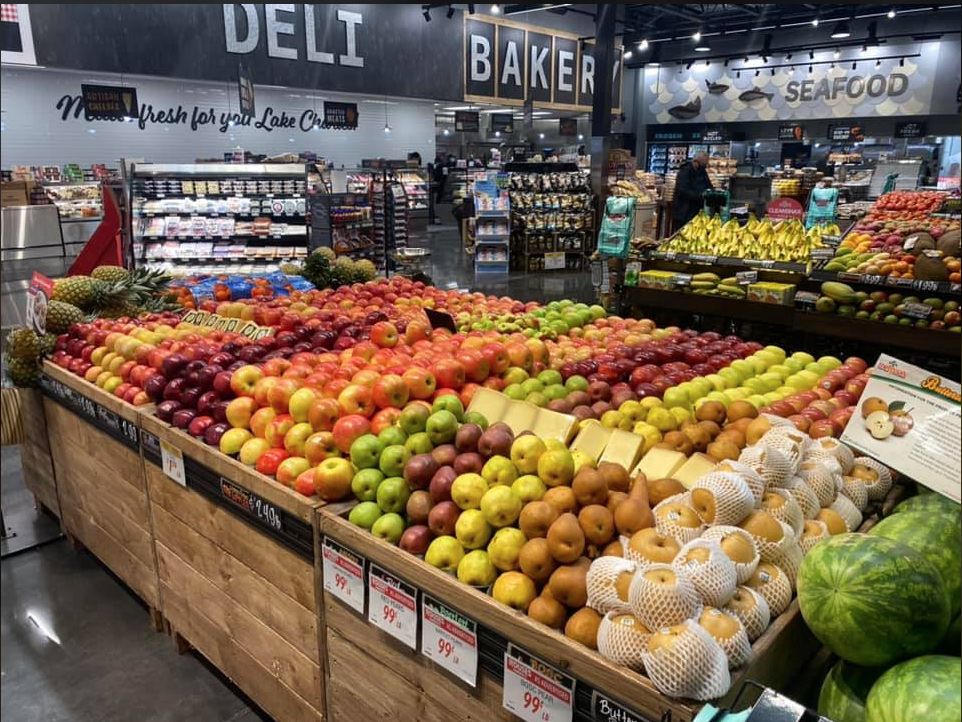
4. Divide and conquer.
Opening a new store is not a one-person job. Create a New Store Opening team with experience in getting ground-up new store builds to the grand opening day finish line. A great NSO team is worth its weight in gold!
Involve veteran store team members from outlying existing stores with the actual grand opening process. Strategically schedule the use of existing produce managers to assist with the new store opening process. This needs to be done without jeopardizing the labor force at their home store.
Don't forget to utilize the expertise of existing store produce managers after the grand opening, too.
These experts can help guide, coach and train many of the new store team members during the many weeks of grand opening chaos.
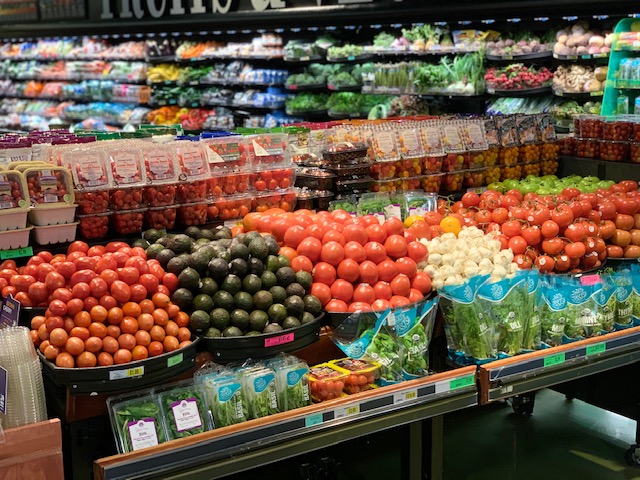
Deputize veteran store team members to higher levels of responsibility and duties during the grand opening time frame, which is typically a month prior to opening and a month after opening.
- The regional merchandiser or specialist could use an assistant or two during grand opening months. Utilize veteran produce managers to assist in areas that alleviate pressure from the merchandiser or specialist.
- The new store needs an expert veteran produce manager to write critical orders before and after grand opening. It typically takes about four weeks for foot traffic and purchasing habits to stabilize at a new store, depending on how long it features loss-leader, giveaway promotions.
- Select a veteran produce manager and existing store location to be the designated “new store” manager trainer and location. A produce manager trainer needs 8-12 weeks of undistracted training time.
- Select veteran produce managers, assistant managers and lead produce clerks to assist in the training and development of new hires prior to new store opening.
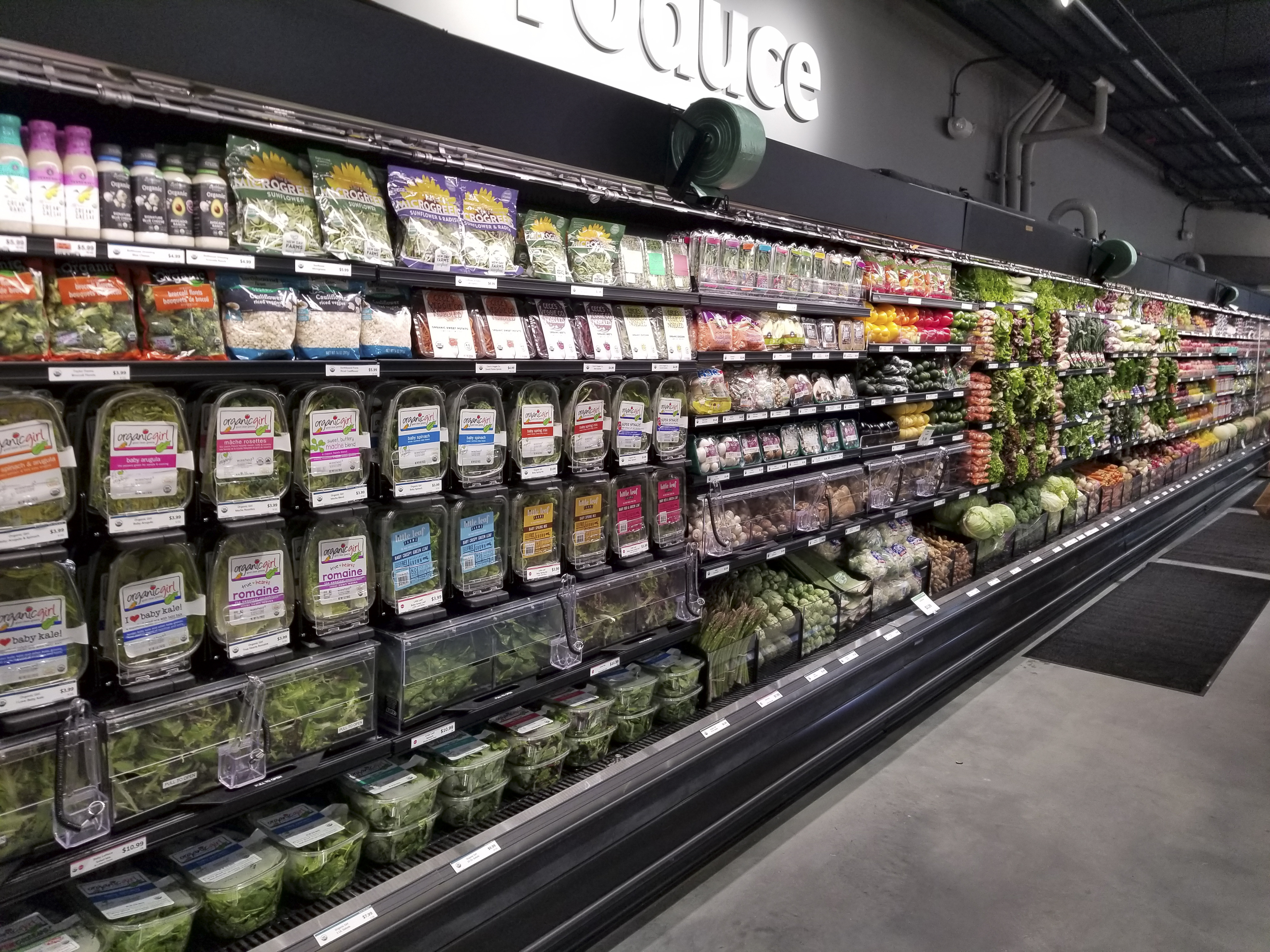
5. Training and development investment
Early assistance in recruiting new produce clerks by the human resources team is critical. Start the new store hiring process yesterday!
And by all means, do not wait until grand opening week for new hire training. Grand opening week is probably the worst week to start a new team member. Your member retention rate might be very low.
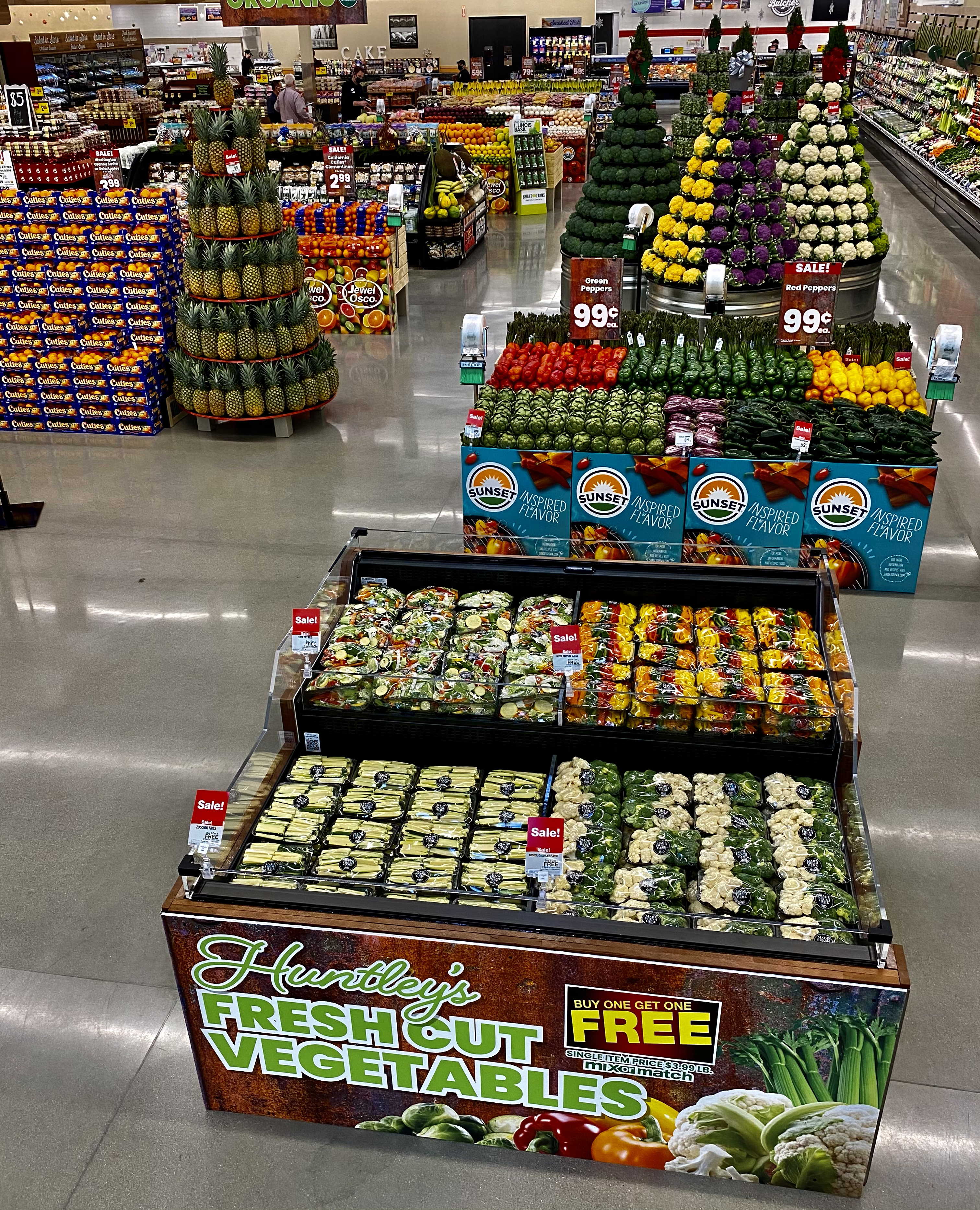
Strategically schedule new clerks to work all aspects of the department alongside the veterans at the training location. Their hours of training should include working different shifts side by side with team members who understand all specific job duties of each shift.
The hours of training should not be replacement hours of existing store team members, but additional hours for teaching, coaching and mentoring. This is an investment in helping the new store team hit the ground running, and it is a great way to build skillset, confidence and morale.
The company needs to commit to the hours for this training the prior year, during the overall budgeting process for the new store opening – just like it would set capital aside for new equipment.
Remember, it takes time and effort to train new team members correctly. Adding eight hours of training time to the schedule doesn't mean that eight hours of extra work will be completed.
If you are hiring a new and unproven produce manager, your top veteran produce manager should be their shadow for many weeks, if not months, prior to grand opening. Everything from day-in-the-life work duties to company policies and culture should be reviewed throughout the training period.
Your well-planned and executed training program expense will pay you back dividends down the road. Knowledgeable, confident new team members tend to be more comfortable in their positions. The result is a higher retention rate and a happy team member.
This is incredibly important for your business because happy, knowledgeable team members make customers buy more fruits and veggies!
The HR team can be a solid advocate for more training and development dollars in the budget. They can show a low retention rate when training is not used compared to a much higher rate when training is applied. They can also show the cost of constantly hiring new folks versus retaining well-trained members.
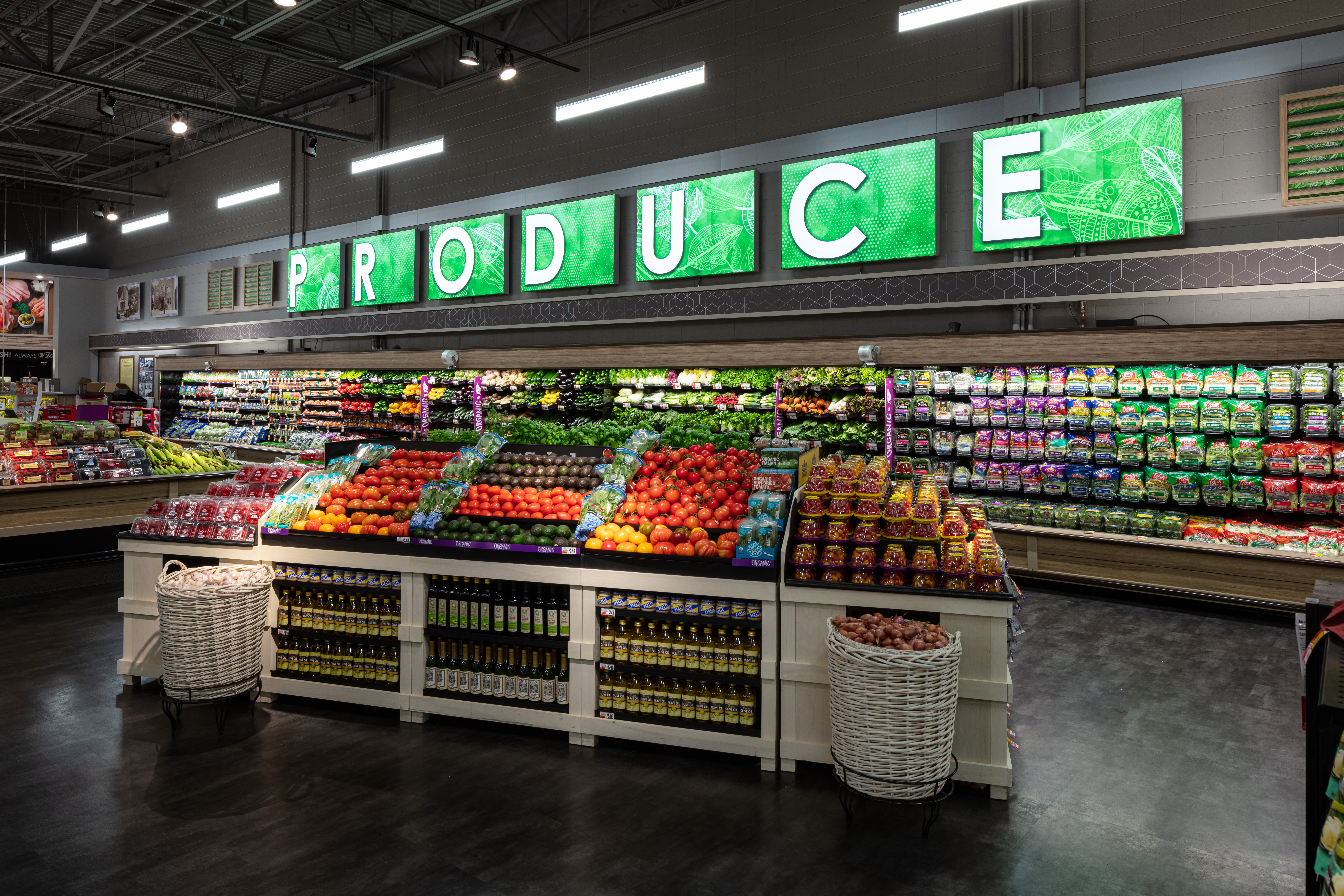
6. Recognizing and rewarding team members
Opening a new store does not mean that existing locations become invisible. It also does not mean that we forget about the veteran team members who are making a positive difference within the company.
A fun way to keep all produce managers focused on the business is to host sales-building display contests prior to the grand opening. There are plenty of growers, manufacturers and commissions that would love to support a sales contest that generates 25% or more increased volume. Rewarding winning stores with recognition and prizes goes a long way with team morale. It also encourages best practices that drive sales!
All veteran team members that assist with the grand opening process need to be recognized and rewarded. Buying them lunch, handing them a gift card or even shaking their hand to say “thank you” can go a long way.
An executive sending out a companywide memorandum that mentions names, accomplishments and gratitude is another way to recognize their hard work. I know of some retail chains that reward veteran team members who assist in grand openings with incremental pay or extra paid days off.
The options are endless. Whatever you decide to do, don't forget them! These team members are invaluable.
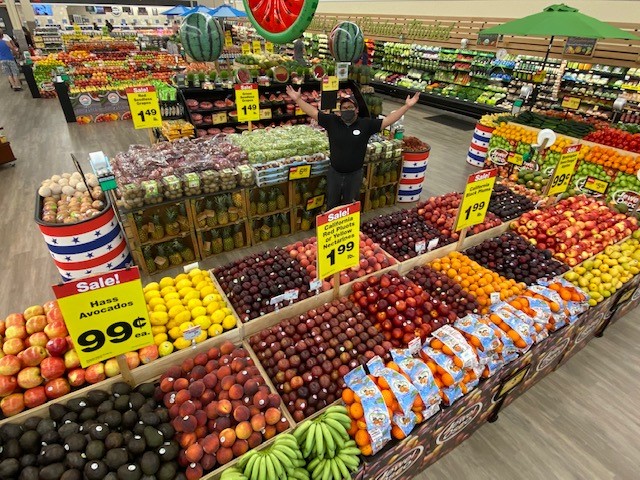
7. Leave no store behind.
One of the biggest mistakes made in the new store opening process is to forget about the location after the grand opening hoopla is over. A new store will remain a “new store” for many months, or even years, following the grand opening.
This is especially true for new stores made up largely of new members that have little or no seniority within your organization or even the retail grocery business. Extra care, coaching and training should remain high on the priority list for these newbies.
Along those lines, keep some veteran team members from other store locations on the new store schedule to help throughout the early opening weeks or months.
Move leadership offices or leadership meeting locations to the new store temporarily, as keeping an eye on the new store means being there in person often.
Rotate merchandising support and specialist team members in and out of the new location. These folks can help keep a watchful eye on all departments, encouraging good practices and flagging any corrections needed.
After grand opening is over, measure the strength and weakness of the new store weekly to avoid major performance surprises further down the road. What's working, what's broke, and what needs adjustment in the plan are all important areas to watch to make sure that the new store stays on track.
As you move forward through the last half of 2021, take some time to carefully evaluate your new store opening procedures. Dust off the old plans and rethink how you can be poised and ready for a new age of opening up stores!

Scott Schuette is a produce retail veteran of more than 35 years and was most recently the vice president of produce and floral for Fresh Thyme Market. He has been named Produce Retailer of the Year and Specialty Food Retailer of the Year over the course of his decades of service to the fresh produce industry.

